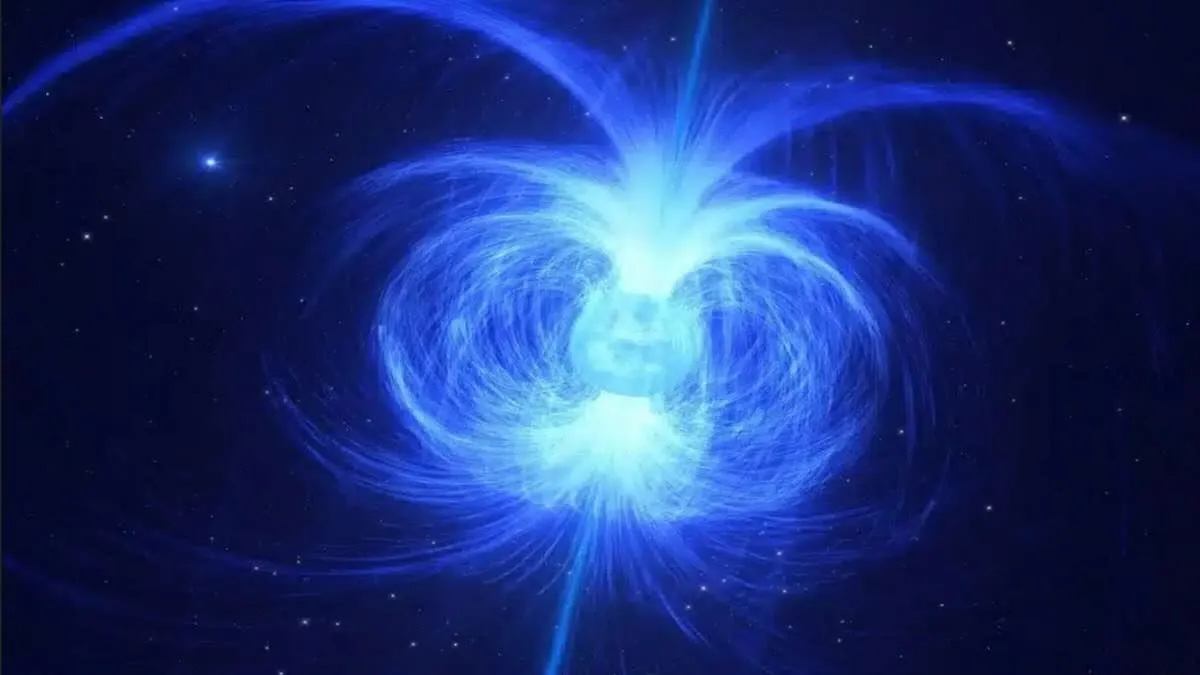Catching the Flare in Action
ASIM recorded what it called a “giant flare.” Unlike the everyday magnetar outbursts we often see, giant flares pack an enormous energy punch in an incredibly short time. This burst wrapped up its rise and fall in only 0.16 seconds, showing just how quick and intense these phenomena can be.
Magnetars are extraordinary space objects with magnetic fields that are trillions of times stronger than Earth’s. These neutron stars squeeze more mass than our Sun into a super small sphere, creating unbelievable gravitational forces. When mechanical stress combines with these wild magnetic fields, the magnetic lines tear and reconnect. This process sends off electric currents and heat that crack the star’s crust, blasting high-frequency photons into space.
Comparing Space Explosions
Gamma-ray bursts can last longer and stem from different types of cosmic events, while supernovae can shine brighter than whole galaxies for a while. In contrast, magnetar giant flares are brief but can rival other events with their peak energy output. Their short-lived yet powerful nature grabs scientists’ attention as they work to figure out how matter behaves under extreme conditions.
Events like this one help researchers test theories about matter under intense stress and fine-tune their calculations about how often these eruptions happen and how strong they are. Observatories around the globe are teaming up and keeping a close eye to catch these fleeting moments.
What the Tech Shows and What’s Next
The flare’s signal faded very quickly after the burst, suggesting it came from a compact area that cooled off fast. Even with all the interesting findings from this event, there are still lots of questions about how often magnetars get into the unstable states that lead to such flares.
To get a better handle on magnetar behavior, scientists need more data from frequent events and quicker detectors. Every new observation adds a piece to the puzzle of how these stars store and release their energy. Keeping wide-field monitors active and using fast-response systems will help capture future events in even greater detail.
Sharing Space Wonders
Turning technical data into visuals can really help folks grasp these mind-boggling events. Breaking down the structure of neutron stars and how magnetic reconnection works (basically the process that resets the star’s magnetic setup) gives students and enthusiasts a clearer picture. Comparing giant flares with gamma-ray bursts and supernovae further shows how these impressive cosmic events differ from one another.
The journey of this magnetar flare over 13 million light-years reminds us of the vastness of the universe and our growing skills in spotting its wonders. With advanced tools like ASIM, each new discovery brings us one step closer to unlocking mysteries that have fascinated us for centuries—inviting everyone not only to marvel at the cosmos but also to dig deeper into its most intriguing secrets.
